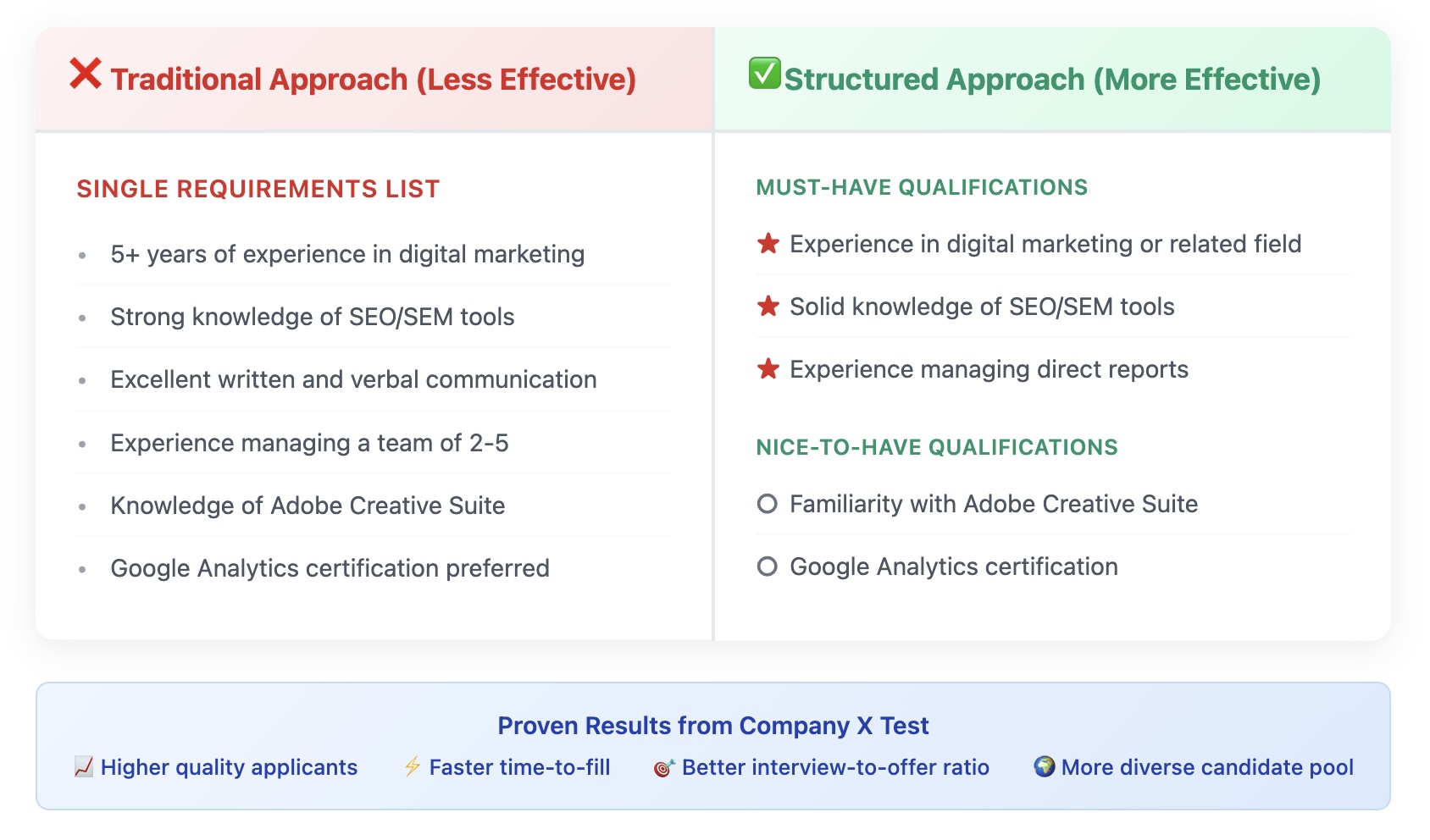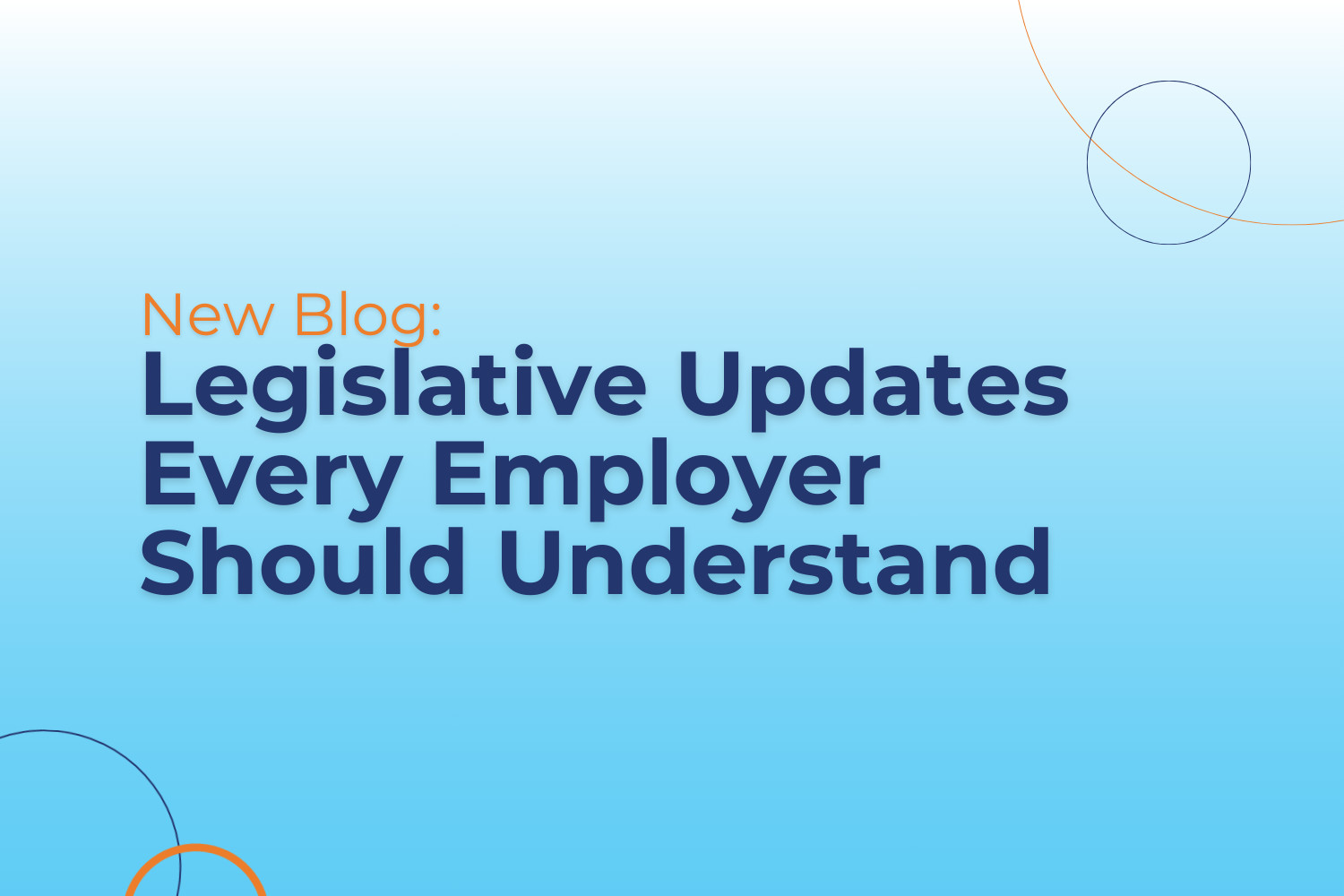As a financial services provider, PEO, or payroll provider, your clients rely on you to help them manage their workforce efficiently while controlling labor costs. One often-overlooked area that significantly impacts both productivity and financial performance is employee scheduling. By offering scheduling functionality alongside your core services, you can provide even greater value to your clients, helping them streamline operations and improve workforce management.
What is Employee Scheduling?
Employee scheduling involves strategically aligning labor resources with business needs, ensuring that the right employees are working at the right times. This process often requires real-time adjustments due to unexpected absences or shift swaps. A well-structured scheduling system is essential to keeping operations running smoothly and ensuring compliance with labor regulations.
The Evolution from Manual to Automated Scheduling
Traditionally, businesses managed schedules manually—an inefficient, time-consuming process prone to errors. Managers had to juggle shift assignments like a puzzle, making adjustments as employees requested time off or needed shift changes.
With payroll processing already a complex task, manually tracking hours and shift changes only adds to the administrative burden. Today, automated scheduling solutions integrate seamlessly with payroll and workforce management systems, reducing errors and administrative overhead.
By offering your clients a scheduling tool that syncs with payroll, you enable them to track hours more accurately, avoid compliance risks, and reduce unnecessary labor costs.
Why Effective Scheduling Matters for Your Clients
Offering scheduling tools can make a big difference for any of your clients with shift workers. Scheduling can take up hours every week for managers, particularly when making manual efforts. Explore these benefits of providing scheduling.
Increased Productivity and Cost Efficiency
Automated scheduling minimizes administrative tasks, freeing up managers to focus on business growth. By ensuring optimal staffing levels, businesses can prevent overstaffing (which increases costs) and understaffing (which reduces efficiency and service quality).
Seamless Payroll Integration
Scheduling software that integrates with payroll systems eliminates discrepancies between hours worked and hours paid. This integration helps to prevent payroll errors, reduces disputes, and ensures accurate wage calculations—including overtime compliance.
Compliance with Labor Laws and Predictive Scheduling
Many states and municipalities have implemented predictive scheduling laws, requiring employers to provide stable, fair schedules. Automated scheduling tools help businesses stay compliant by tracking hours, managing shift changes, and maintaining transparent records.
Improved Employee Satisfaction and Retention
Giving employees visibility into their schedules and allowing for easy shift swaps enhances job satisfaction. When employees feel they have control over their schedules, it reduces absenteeism and turnover—both of which impact a company’s bottom line.
Data-Driven Decision Making
Advanced scheduling tools provide workforce analytics that help business owners make informed decisions. By tracking historical labor data, employers can predict peak demand periods and optimize staffing levels, reducing unnecessary payroll expenses.
Add Value to Your Offering
As a payroll or financial services provider, integrating scheduling functionality into your offerings can differentiate your services and enhance client satisfaction. Providing an all-in-one workforce management solution that includes scheduling, time tracking, and payroll integration helps your clients improve efficiency while ensuring accurate wage calculations and compliance with labor laws.
As a Swipeclock partner, you can provide the solution your clients need, which includes advanced scheduling functionality. Check out our flexible partner program and choose the option that aligns with your business goals and client needs.











